At Madison Street Animal Hospital we’re more than veterinary professionals—we’re pet owners, too. When your pet needs a procedure that requires anesthesia, we understand your anxiety, which is totally normal. We always consider the risks and benefits to your pet for any procedure that requires anesthesia and, in most cases, the opportunity to improve your pet’s quality of life far outweighs the minimal risk. We want to help you feel comfortable when your pet must undergo a procedure that requires anesthesia, so we’ve created this Pet Owner Anesthesia Safety Guide.
Why is anesthesia necessary for pets?
Anesthesia is defined as a temporary state of controlled unconsciousness that is achieved by administering special medications. In veterinary medicine, anesthesia is used to control a pet’s pain and anxiety, and provide a safe and controlled surgical environment.
- Pain management — Surgery would cause your pet a great deal of pain if they were not anesthetized. Anesthesia drugs mean they are not aware of pain during their procedure, and their postoperative pain is minimized
- Surgical precision — Anesthesia keeps your pet still and positioned correctly so the surgeon can complete the procedure with accuracy and precision, and more quickly.
What are anesthesia risks for pets?
Anesthesia is extremely safe and poses minimal risk for most healthy pets. Recent studies have shown that, on average, fewer than 2 in 1,000 dogs and 3 in 1,000 cats experience an anesthetic-related death. Before any surgery that requires anesthesia, your pet’s veterinarian will discuss your pet’s individual risks and formulate a customized protocol based on these factors:
- Age — Old and young pets are at most risk. The natural physiological deterioration that occurs with age can increase a senior pet’s anesthetic risk. Kittens and puppies are also at increased risk.
- Breed — Some breeds are more sensitive to anesthesia, including:
- Brachycephalic breeds — The narrow airways of brachycephalic breeds, such as bulldogs, pugs, and Boston terriers, pose special problems.
- Greyhounds — Greyhounds metabolize anesthetic agents differently than most dogs, and their post-operative recovery may be prolonged.
- Size — Small breeds can be more difficult to intubate and monitor during surgery, and are more susceptible to hypothermia.
- Weight — An overweight pet’s heart and lungs have to work harder, which may lead to complications.
- Health – Pets with an underlying health condition, such as heart, lung, metabolic, kidney, or liver disease, may have an increased risk of anesthetic complications.
Why is pre-anesthetic testing necessary for pets?
Your pet’s safety is our top priority, so we thoroughly evaluate your pet’s health before any anesthetic procedure to ensure they are healthy enough for anesthesia and to guide us in formulating their ideal anesthetic protocol. Pre-anesthetic testing may include:
- Physical examination — A physical examination includes assessing your pet’s temperature, heart rate and rhythm, lungs, and mucous membranes, to ensure they are in good health.
- Blood chemistry test — A blood chemistry test provides information about the health and function of your pet’s organ systems and fluid balance.
- Complete blood count (CBC) — A CBC can detect conditions like anemia, inflammation, infection, and blood clotting capabilities, and assess stress level.
- Coagulation test — Genetics, medications, and toxins can affect blood clotting, so we may run a coagulation test to evaluate your pet’s clotting ability.
- Urinalysis — A urine test assesses how well your pet’s kidneys can concentrate urine, and to detect protein loss and urinary tract infections or abnormalities.
What steps are taken to anesthetize pets?
Our veterinarians follow The American Animal Hospital Association’s (AAHA) framework for safe anesthesia for pets before, during, and after their surgery. The steps include:
- Pre-anesthetic sedative — On the day of their procedure, your pet will receive a pre-anesthetic sedative to reduce stress.
- Intravenous (IV) catheter — An IV catheter will be placed to administer fluids and medications, and they will be intubated to help them breathe.
- Continuous monitoring — Your pet will be closely monitored while they are anesthetized by a dedicated veterinary technician, who will watch your pet closely to ensure their safety and comfort and inform the veterinarian immediately should any changes occur.
- Anesthesia administration — Your pet’s anesthesia may be delivered by gas inhalation, IV infusion, or a combination.
Post-anesthesia recovery
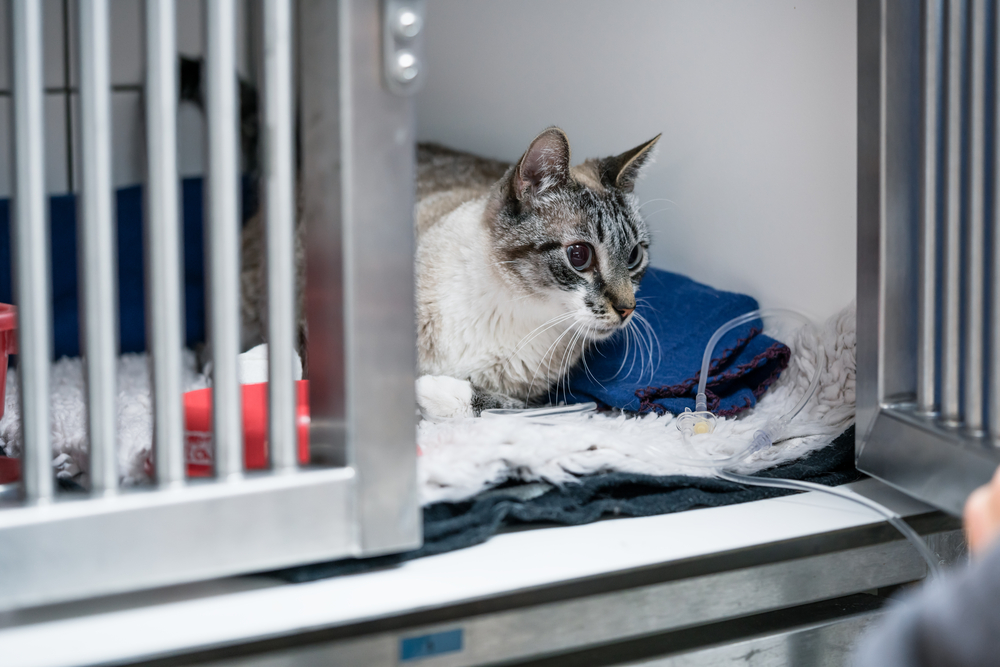
After their procedure, your pet will be placed in a quiet, warm location, and a team member will stay close by until your pet is fully conscious, to ensure they wake up safely and comfortably. Your pet may seem a little groggy for 12 to 24 hours, but lingering anesthesia effects, such as grogginess and constipation, should subside in 24 to 48 hours. Before your pet is discharged, our veterinary team will provide clear postoperative instructions, explain any needed medications (e.g., for pain), and answer all your questions.
We hope this Pet Owner Anesthesia Guide helps set your mind at ease about anesthesia for your pet. Of course, do not hesitate to contact our Madison Street Animal Hospital if you still have any questions or concerns.




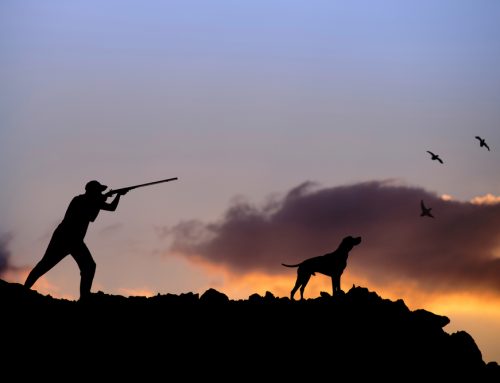
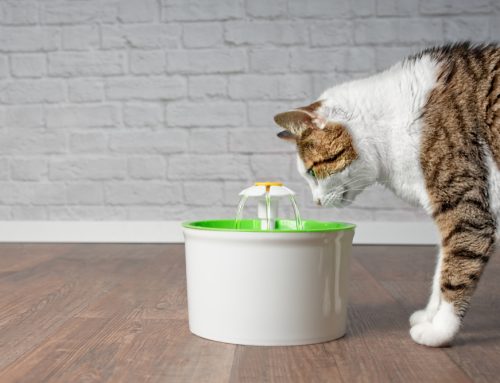
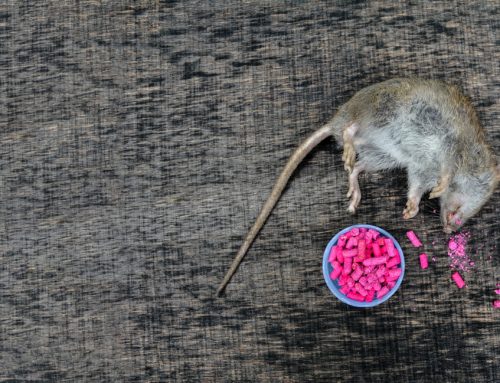
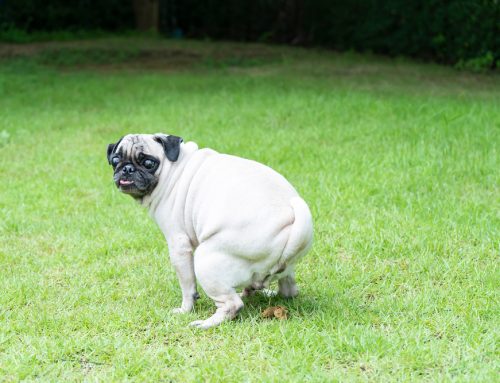
















Leave A Comment